Announcing Mezmo Agent 3.6 GA: Windows Support and Updated Agent Deprecation Schedule
We’re excited to announce the general availability of the Mezmo Agent 3.6, which introduces Windows support to our Rust Agent. At the end of this blog, we’ll also highlight important updates to our Agent Deprecation schedule.

Mezmo Agent 3.6 GA
The new version of the agent supports file logging on Windows, which means customers can now upgrade to an agent that runs on Rust and take advantage of many new customization options.

Company Name Change Impact to Agent
As part of the company name change, we will be changing the name of our agent to mezmo-agent. This will happen over a series of releases. Starting in 3.6, environment variables will begin with the prefix MZ, but will be backwards compatible with LOGDNA_.
Starting with 3.7, "mezmo" will be used in the names of the agent's binaries and yaml files. The "logdna" name will be backwards compatible until version 4.0, when we will fully remove all references to "LOGDNA_" and "logdna".

Docker Tags and k8s Updates
After the release of Agent 3.6, we will remove the “latest” and “stable” tags from our docker images. If your intent is to always have the latest version of the fully supported version of the agent, please use only the major version number as a tag. For example, if you want the latest 3.x version use logdna-agent:3. If you use the tag logdna-agent:3 your agent will automatically be updated to the latest version within 3.x but will not update to version 4.0 when it is released.
If you are using the “latest” or “stable” tag or a version earlier than 3.x, please follow this guide to assist in your upgrade.
Similarly we are discontinuing the deployment yaml that is not major version specific (https://assets.logdna.com/clients/agent-resources.yaml). Please use the version specific yaml instead, for example for version 3, use: https://assets.logdna.com/clients/logdna-agent/3/agent-resources.yaml

Updated Agent Deprecation Schedule


Immediately going forward, Mezmo will use a semantic versioning scheme (MM.mm.pp). Minor and patch releases will happen on an ongoing basis. Minor versions will be for adding functionality in a backwards compatible manner; patch versions will be for making backwards compatible bug fixes.
Major releases will happen when there is a breaking change (for instance, the shift from “logdna” to “mezmo” in 4.0 is a breaking change). After a major release, the previous major version will receive security updates for the next year, but not updates containing new features or general bug fixes.
To bring the agent into this support matrix, we will be discontinuing support of agents that are below version 3.6 starting with the release of 4.0.
**Security updates may also include severe bug fixes.
"Agent Version Support"

How to Get Started with the Mezmo Agent
Please check out our GitHub documentation to get started with the Mezmo Agent.
Questions about the agent or ideas for improvements can be sent to albert.feng@mezmo.com.
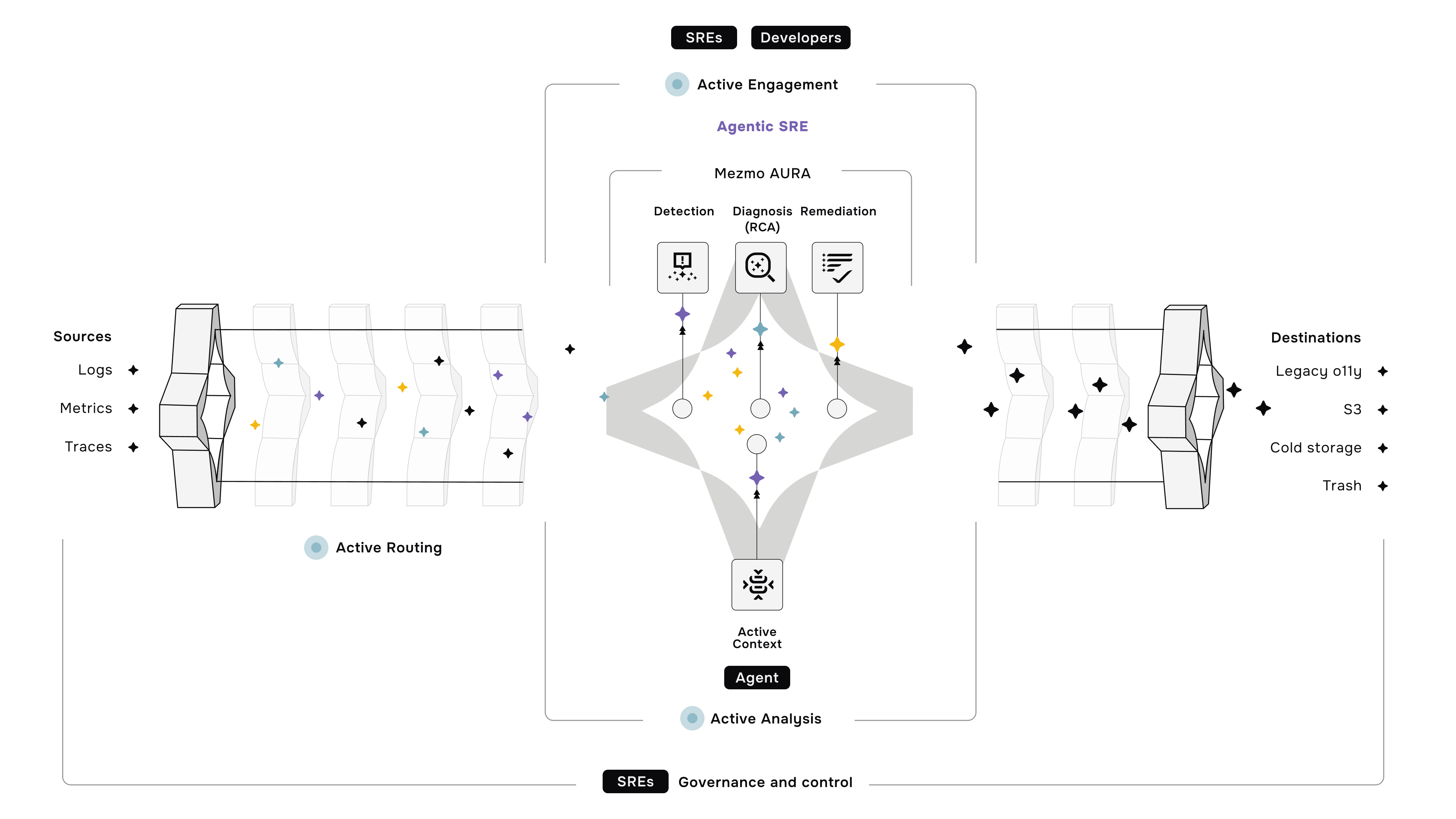

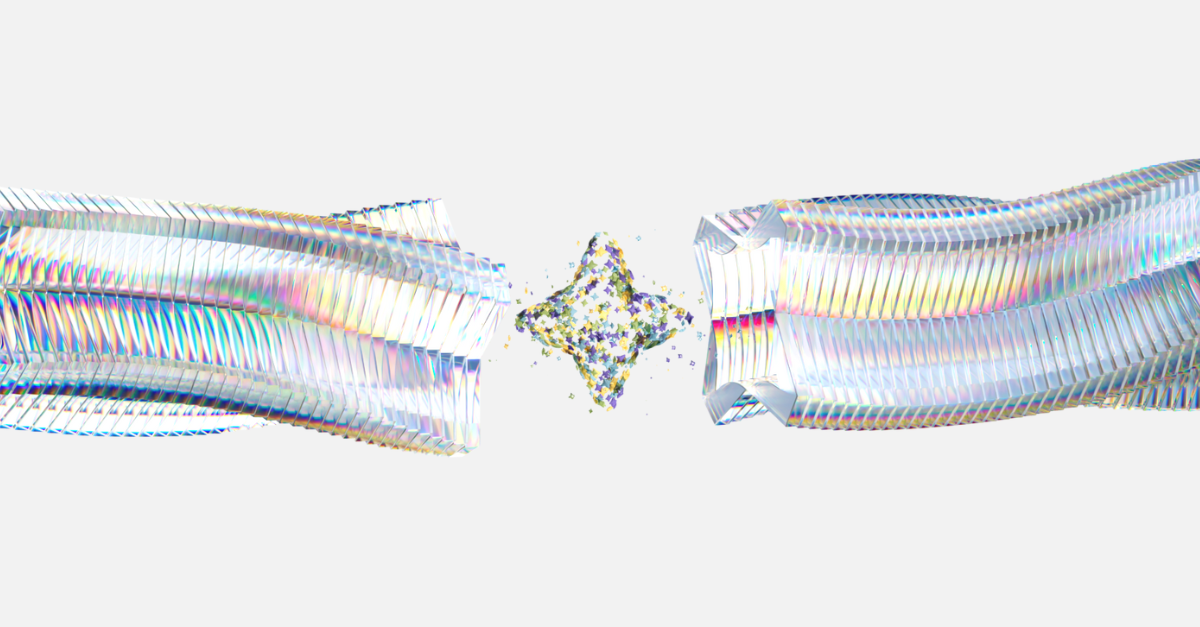




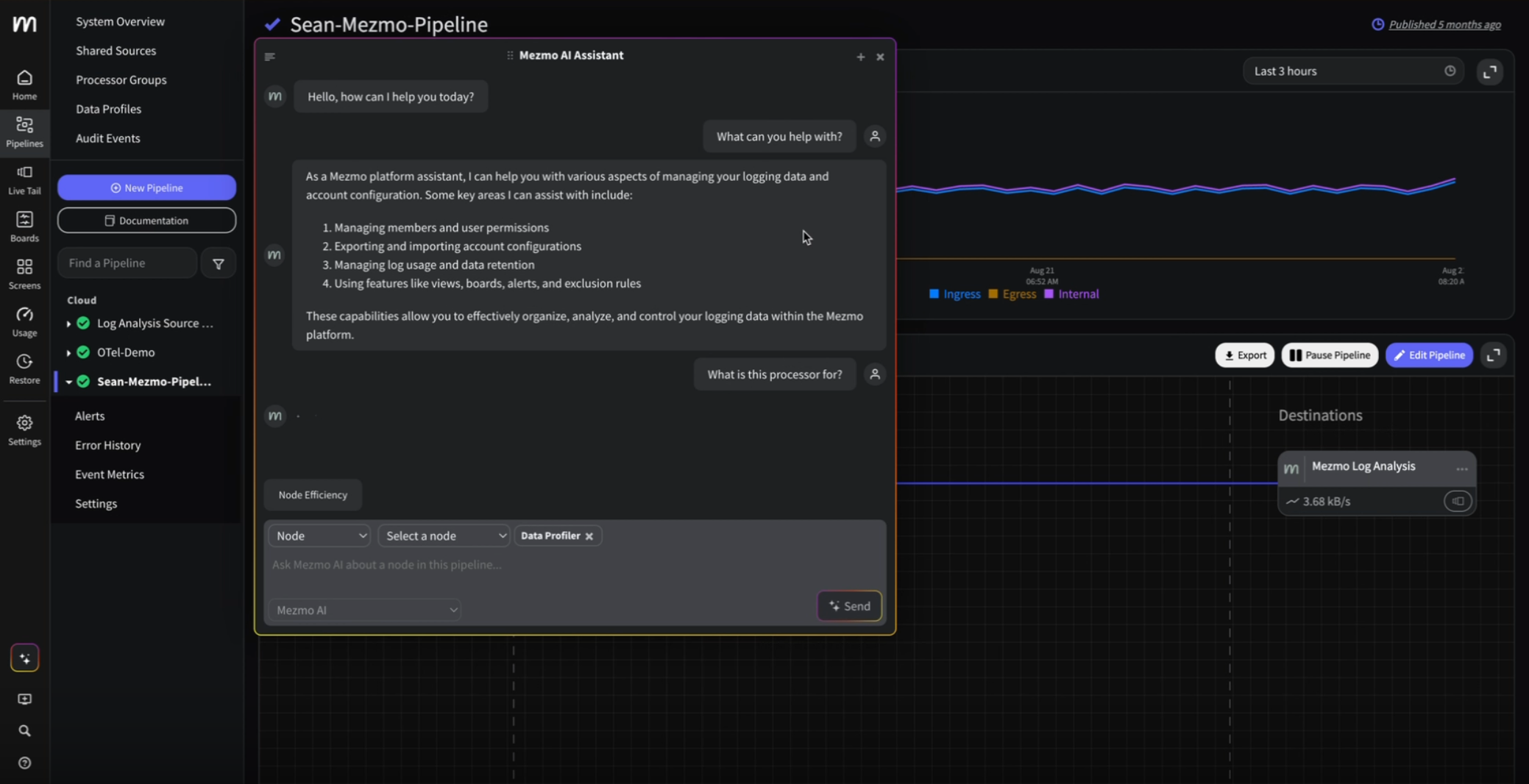
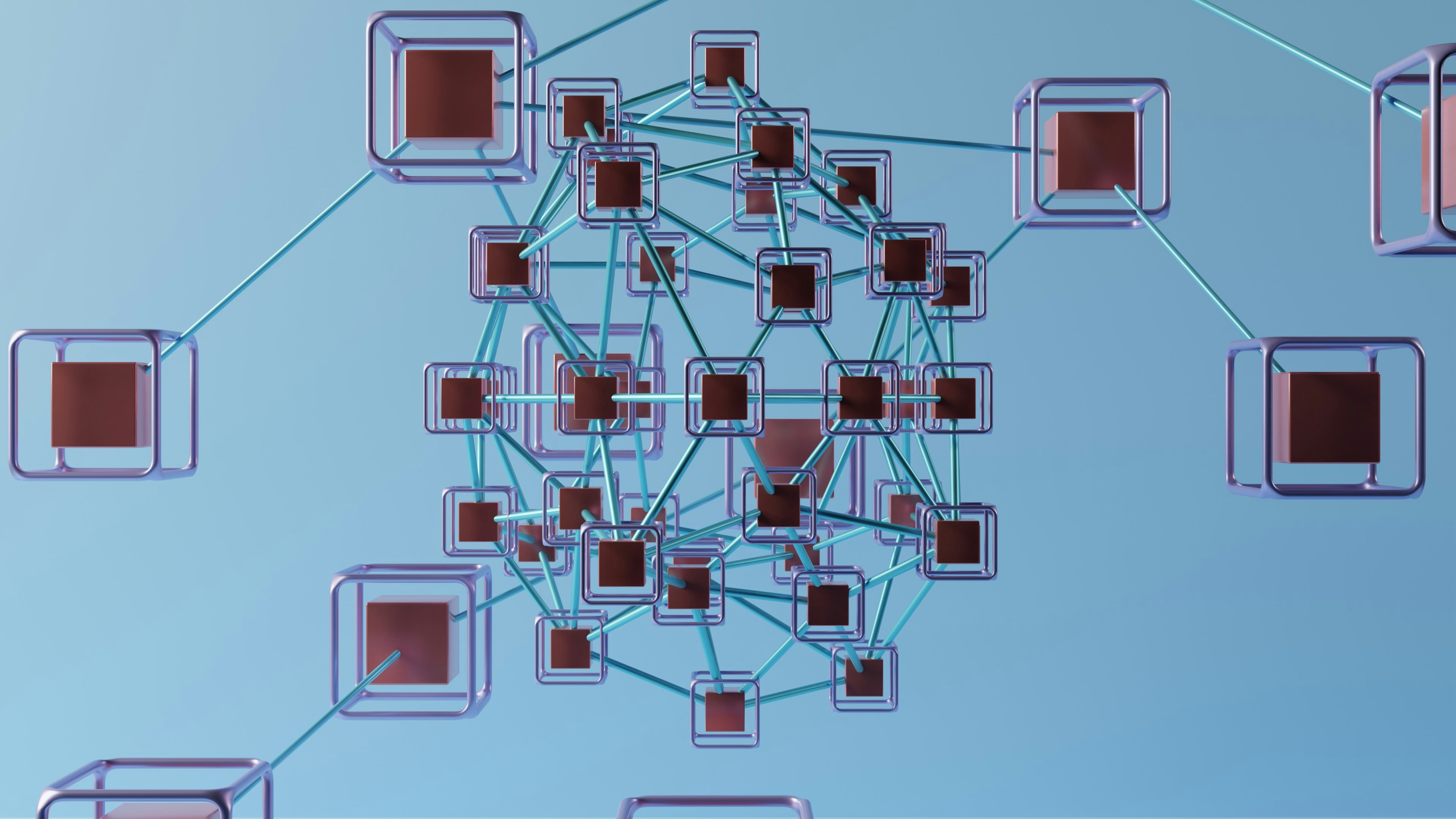

.png)




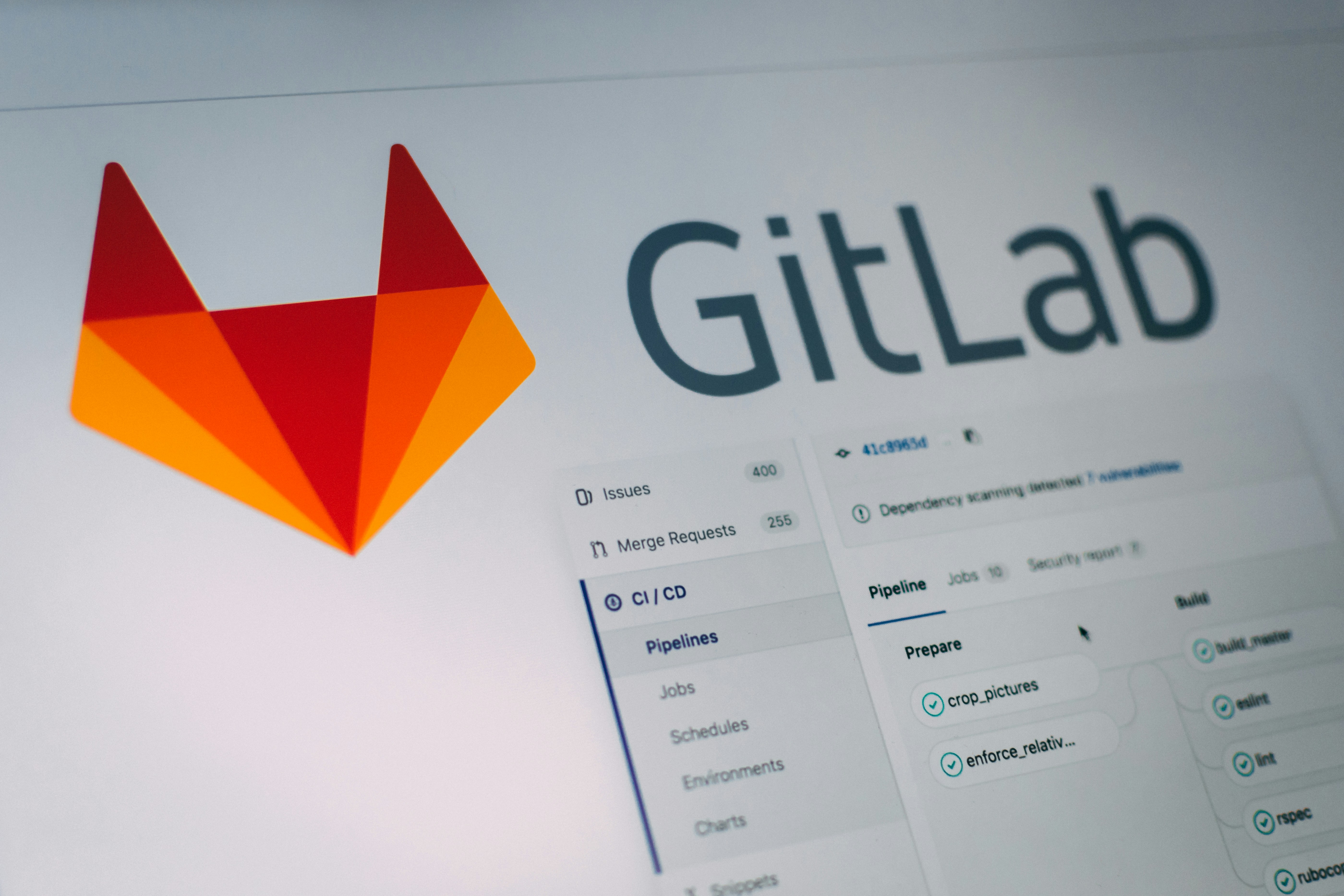
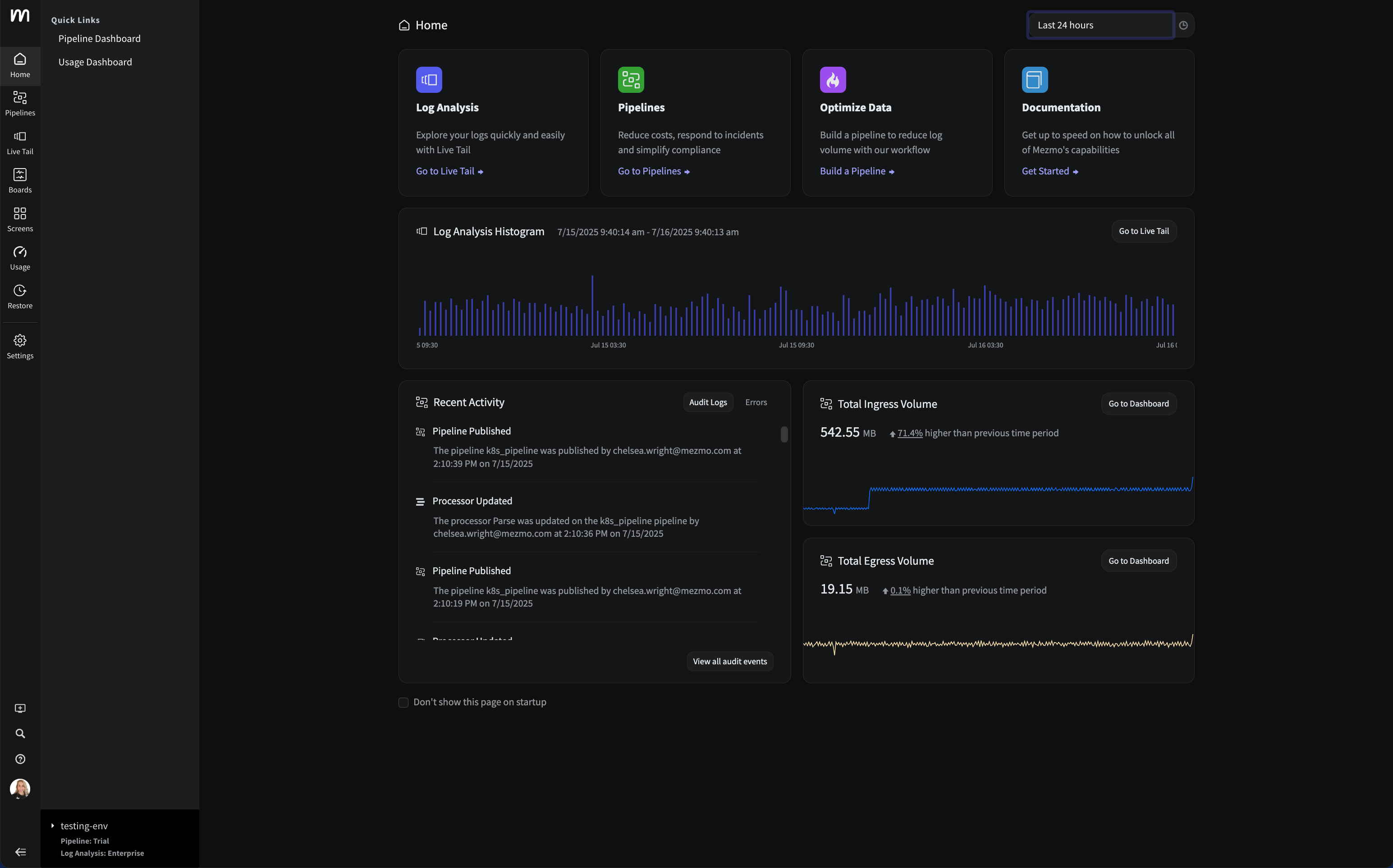


















.png)





































































